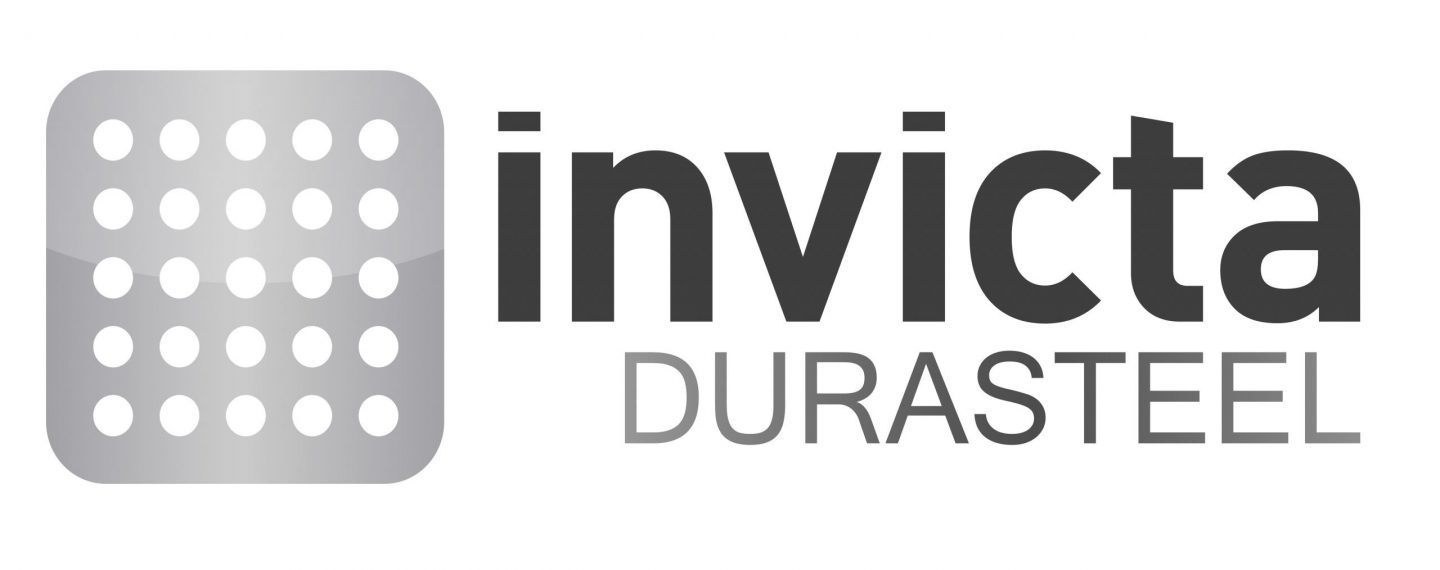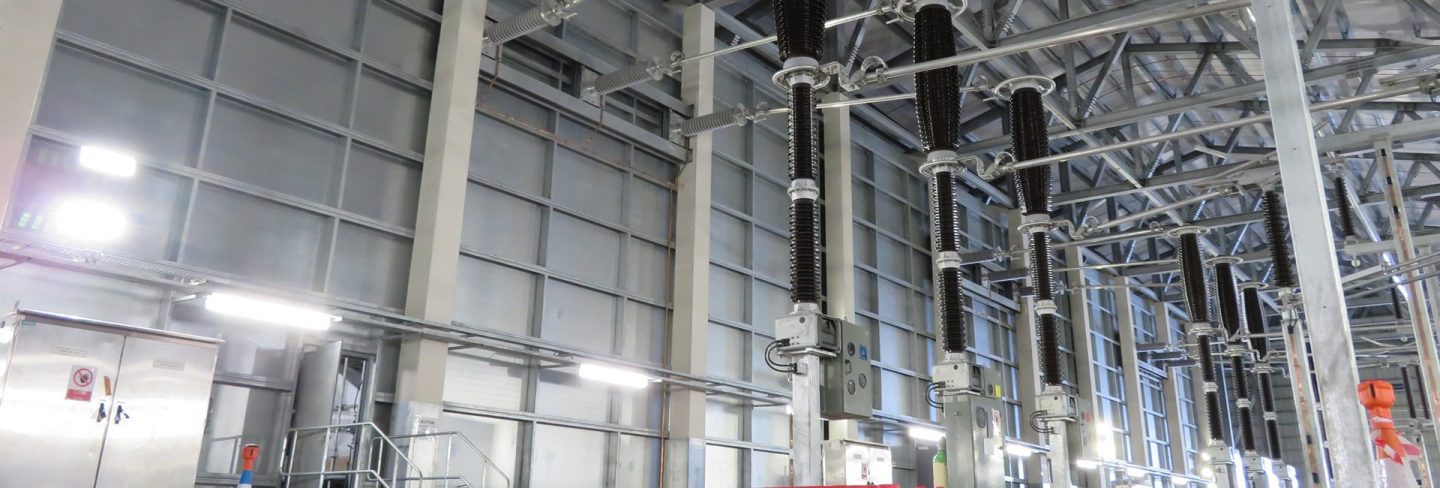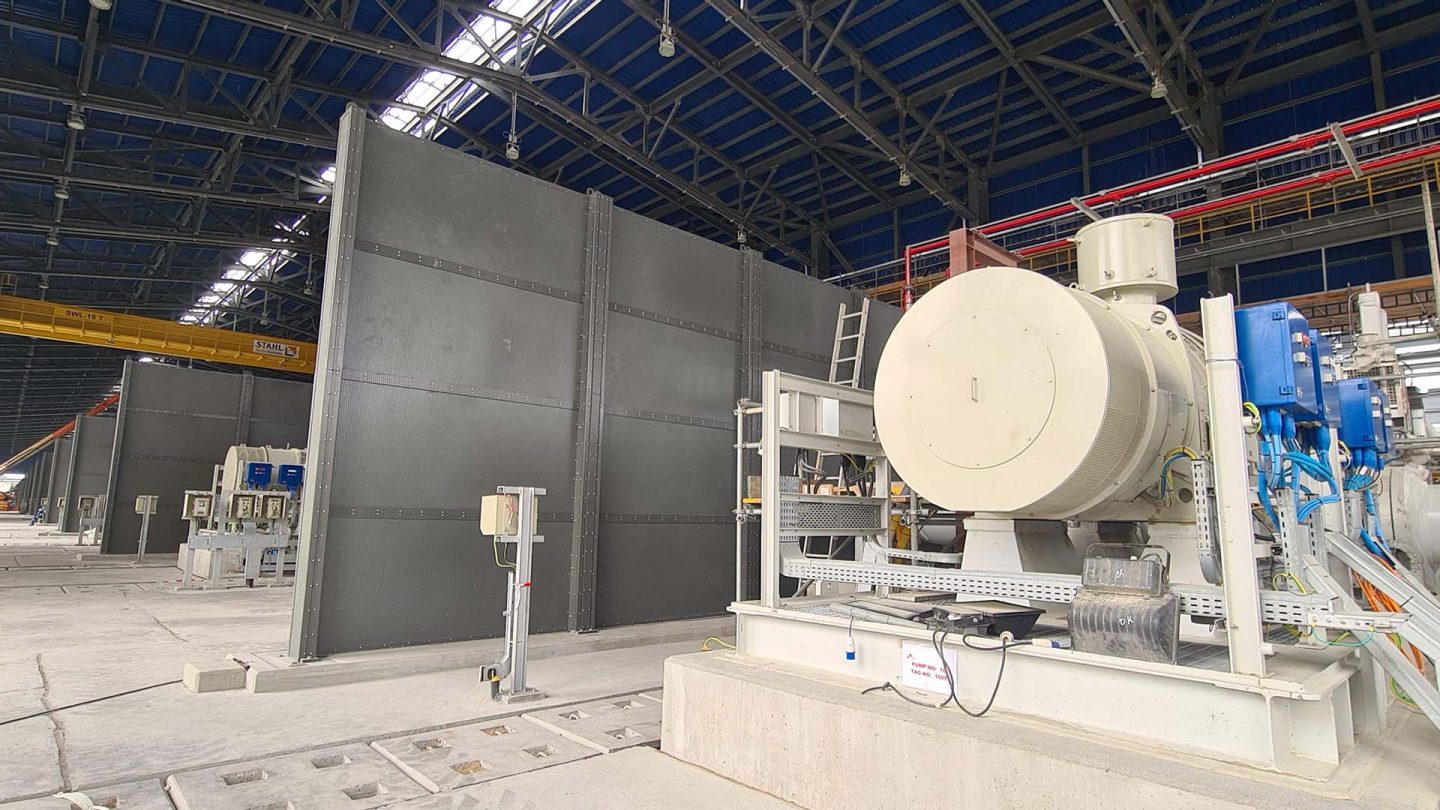For your information
You are being redirected to one of our divisional subsites which contains more detailed information on the required division. To navigate back to the main Invicta Group site, please click the link found in the footer at the bottom of the page.
- Durasteel
Discover the benefits of Durasteel
- Systems
Systems
- Expertise
Expertise
-
Applications
- Aircraft Hangar Fire Protection
- Battery Storage Facilities
- Building Fire Compartmentation
- Anti-Terrorist Blast Protection
- Cable Tunnel Fire Compartmentation
- Equipment Delivery Hatches
- Equipment Enclosures
- Heat Shields
- Power Station Fire Protection
- Metro and Rail Fire Protection
- High Voltage Cable Protection
- Substation Fire & Blast Protection
- Tunnel Fire Protection
- Oil & Gas Fire & Blast Protection
- Ventilation Systems
- Wind Farm Fire Protection
-
Applications
- Projects
- Insights
Insights
-
Articles
- Blast Protection System Design Considerations & Design Criteria
- How to Conduct a Fire Risk Assessment for Factories and Warehouses
- Minimising the Risk of Fire, Blasts & Explosions in the Middle East
- Integrity, Stability and Insulation in Passive Fire Protection
- Triangle of Fire & Active vs Passive Fire Protection
- Frequently Asked Questions
- A to Z of Terms
-
Articles
- Contact
Contact

UK +44 1843 220 256

US +1 305 328 9444

UAE +971 4 277 6225

Qatar +974 4441 4340

India +91 79945 14049

Malaysia +60 16 286 6225
- Start your project
Finding the Right Fire Protection for Your Business Premises
21st October 2021
Taking an active role in passive protection
Quick Quote
Contact Fraser Shearer Sarun Vysakham Ben Tan Anand Raghavan Anand Raghavan Our USA Office
To get a quotation or arrange a free site survey - Call Fraser Shearer Sarun Vysakham Ben Tan Anand Raghavan Anand Raghavan Our USA Office on
-
 UK
UK
-
 UAE
UAE
-
 Malaysia
Malaysia
-
 India
India
-
 Qatar
Qatar
-
 USA
USA
Current location:
Quick Quote
Contact Fraser Shearer Sarun Vysakham Ben Tan Anand Raghavan Anand Raghavan Our USA Office
-
 UK
UK
-
 UAE
UAE
-
 Malaysia
Malaysia
-
 India
India
-
 Qatar
Qatar
-
 USA
USA
Current location:
Fire protection may not be the main element of workplace safety that is on people’s minds right now. Yet securing your premises against the possibility of a fire is as important as ever, and maybe even more so than usual. With many workplaces having been empty for long stretches of the pandemic, fire risks may have developed or deteriorated.
The type of fire protection you choose to invest in will depend heavily on the sector you are in, and the nature of your site. However, there are a myriad different options, and many people do not appreciate the benefits of each, and how they can save you money and give you peace of mind. Here then are just a few kinds of fire protection you could employ in your premises.
Active vs passive fire protection
Before we get into the different forms of fire protection, it’s important to establish the difference between active and passive fire protection. All fire protection fits into these two categories, and while they are all fundamentally about protecting properties and lives, the roles they serve are very different.
Active fire protection refers to fire protection systems that are reactive to a threat. This includes any system which uses sensors to detect a fire, and any system which reacts to that information. Examples include:
- Very early smoke detection alarms (VESDA)
- Fire alarms
- Fire suppression systems (e.g. sprinklers)
- Automated fire doors
- Fire extinguishers
The goal of active fire protection is to act as a second line of defence, with the first being fire safety policies. If a fire does occur, active fire protection systems allow you to respond as soon as possible, giving people time to evacuate, and minimising the spread of fire until emergency services arrive.
Passive fire protection could be seen as the last line of defence. These fire safety systems are not reliant on being activated, and offer protection in all circumstances. They are chiefly there to protect the structural integrity of a building, minimising the spread of fire and securing evacuation routes for personnel.
Examples of passive fire protection include:
- Durasteel walls
- Fire doors
- Suspended ceilings
- Firestops
- Cable coatings or casings
- Cladding
- Enclosures
While passive fire protection systems are chiefly there to buy time in a fire, this is not always the case. In the event of an explosion, for instance, a blast barrier such as a Durasteel wall may be pivotal to containing the damage, protecting infrastructure and preventing the spread of fire.
Common uses for fire protection
There are a few forms of fire protection that will be common to most facilities. The first and most obvious is perhaps a fire alarm system, which may be both automatically triggered and manually triggered through the use of control points. A fire alarm system is considered a basic aspect of fire safety, and is a minimum expectation for any business.
This is often coupled with a sprinkler system, or more rarely a gas suppression system. These sprinklers have worked in much the same way for over 100 years: a small bulb or link breaks when it reaches a certain temperature, allowing the water to douse the fire. Unlike in movies, each individual sprinkler should only go off when it hits the required temperature, meaning that losses to water damage are minimised.
Another common form of active fire protection is a fire extinguisher. These come in various varieties, which are labelled according to their suitability for certain kinds of fires. Your health & safety risk assessment should identify these risks and allow for you to invest in the correct extinguishers (e.g. carbon dioxide for an office containing computers).
You should also have fire doors which conform to modern standards, and have been checked and certified to a specific fire rating. This is often the basic element of fire protection that is applied most poorly, with many fire doors leaving large gaps around the frame, making them useless in a fire. These are most commonly used to slow the spread of fire into key areas such as stairwells, and are critical for a successful evacuation.
Other uses for fire protection
These are the basic tenets of fire safety, but for businesses who want to go further to ensure their safety – and some specific industries – further protection may be needed. Often this takes the form of additional passive fire protection, safeguarding important areas such as evacuation routes or critical life support systems.
These walls and barriers can take a variety of forms depending on the environment and intended usage. For instance, a hangar may use large vertical barriers to compartmentalise planes, preventing wholescale loss in a fire. An underground train station meanwhile may utilise fire and blast-resistant barriers to preserve pedestrian or rail tunnels, as well as ducts or ceilings to protect critical smoke extraction and ventilation systems, electrical cables and telecommunications.
This variety of uses is where Durasteel comes into its element. While concrete for instance can be highly effective at protecting against blasts, it is extremely dense, and difficult to remove in situations where this might be necessary. This makes it inappropriate for more discreet uses, as well as areas where the walls might need to be removed to repair or relocate large equipment.
The lightweight design of Durasteel allows it to be used in almost any location or orientation, while still providing up to four hour fire protection from attack in both directions. It is also extremely low maintenance, moisture resistant, sound insulated and fully demountable, meaning that it can be easily relocated and even reused. This uniformity also makes it easier for businesses to apply changes across an organisation, and construct a holistic fire safety system.
Fire safety systems don’t have to be elaborate, but passive fire protection is an ideal way to augment your plans. Systems such as Durasteel barriers provide low impact protection and peace of mind, shielding key areas from even the most intense fires and blasts. To learn more about our Durasteel passive fire protection systems and arrange a complementary site visit, get in touch with us today.
Accreditations & Affiliations











SpecUp - System Specification Wizard
Answer the 5 short questions below to receive your recommended Durasteel system specifications. Hover over the ? icons for a brief explanation.
Question 1/5
Type of system required?
Question 2/5
Fire rating required?
Question 3/5
Fire integrity-only or integrity and insulation?
Question 4/5
Fire attack risk from one side or both sides of the system?
Question 5/5
Blast rating required in addition to fire rating?
Creating your results page
Thanks for completing the SpecUp, you’ll be redirected to your results shortly.
Click here if you aren't redirected after a few secondsStart your project
Tell us about your project. Please complete this form. One of our sales team will come back to you with more details. If you prefer, you can drop us an email.




Share/Like this page